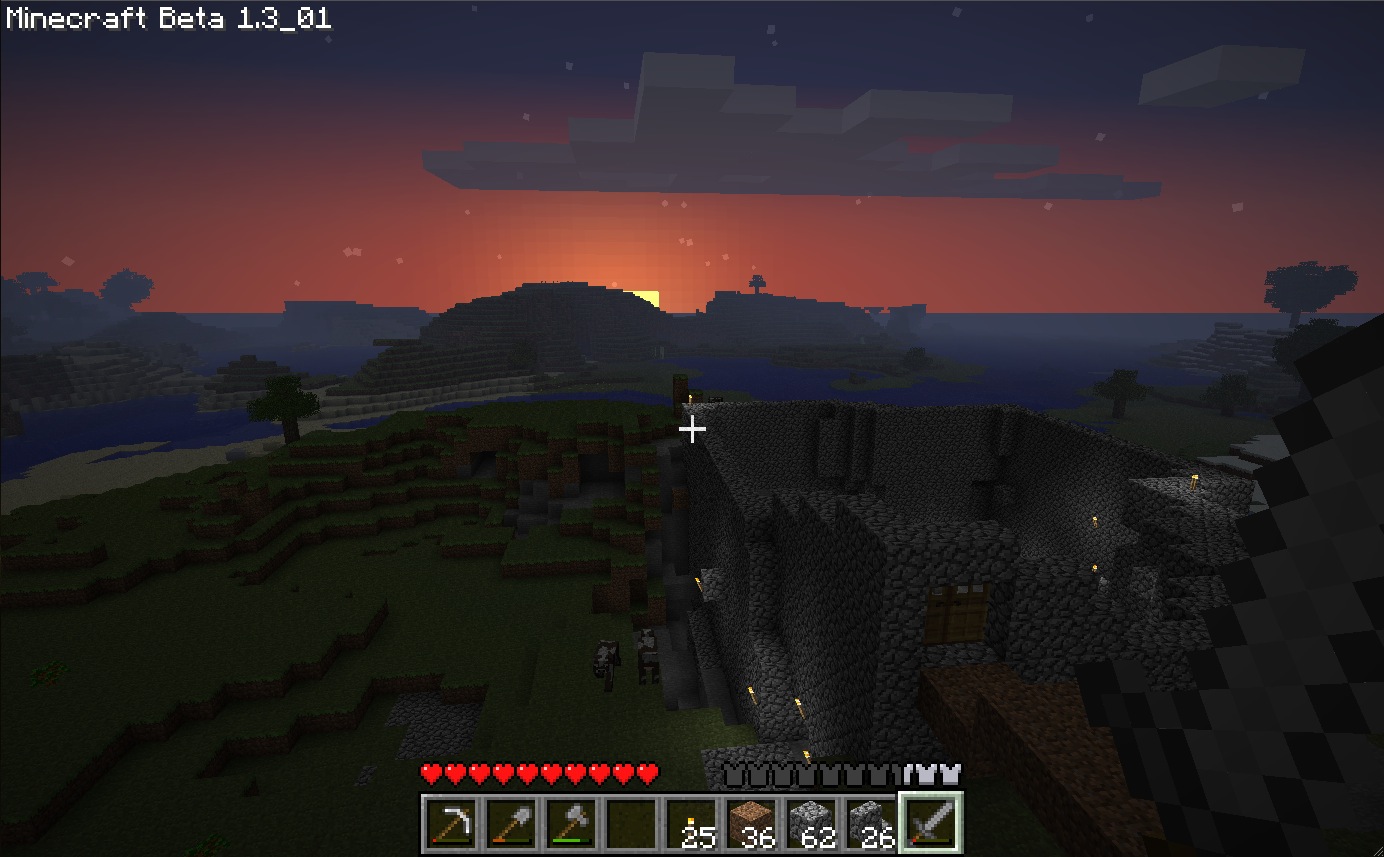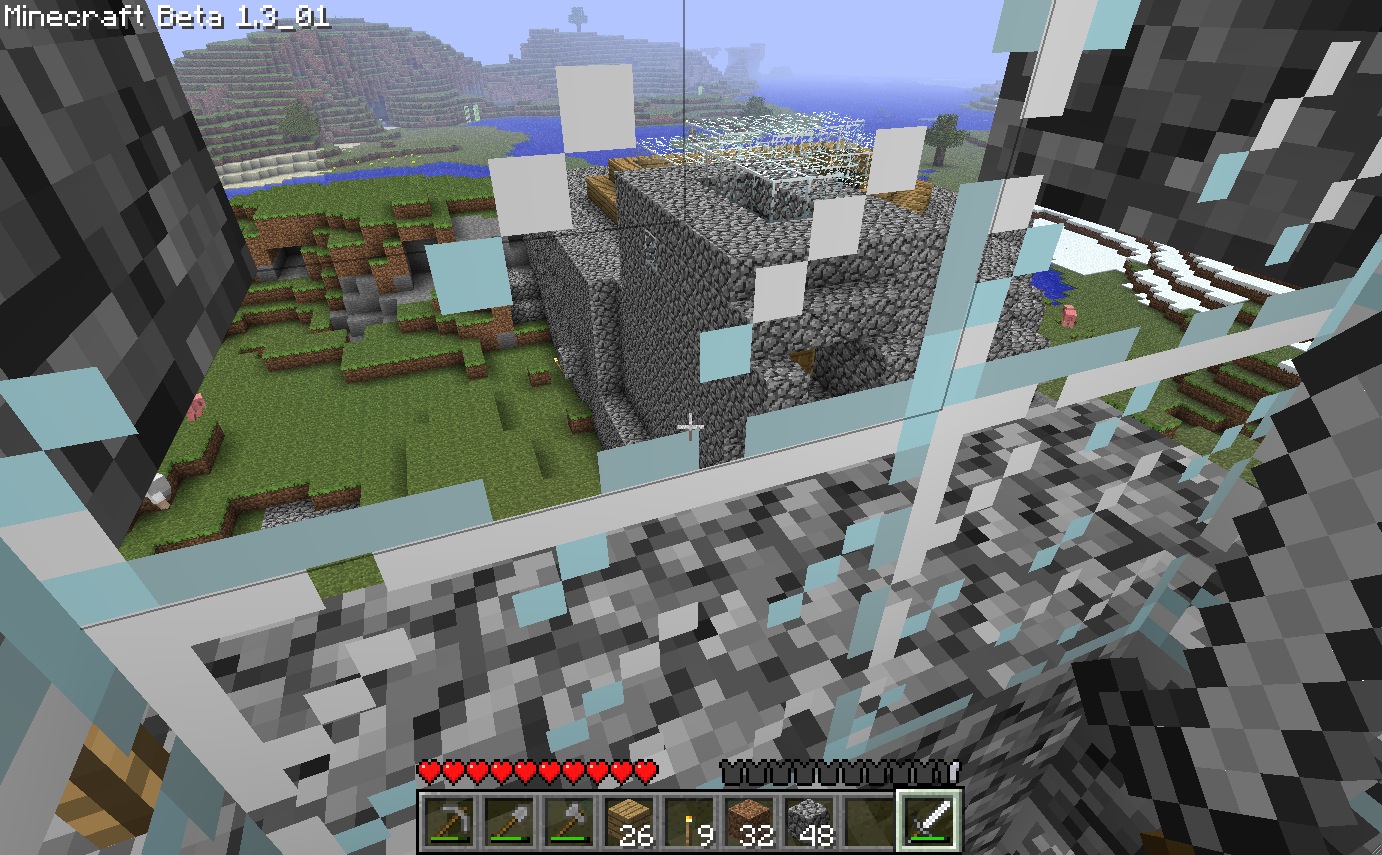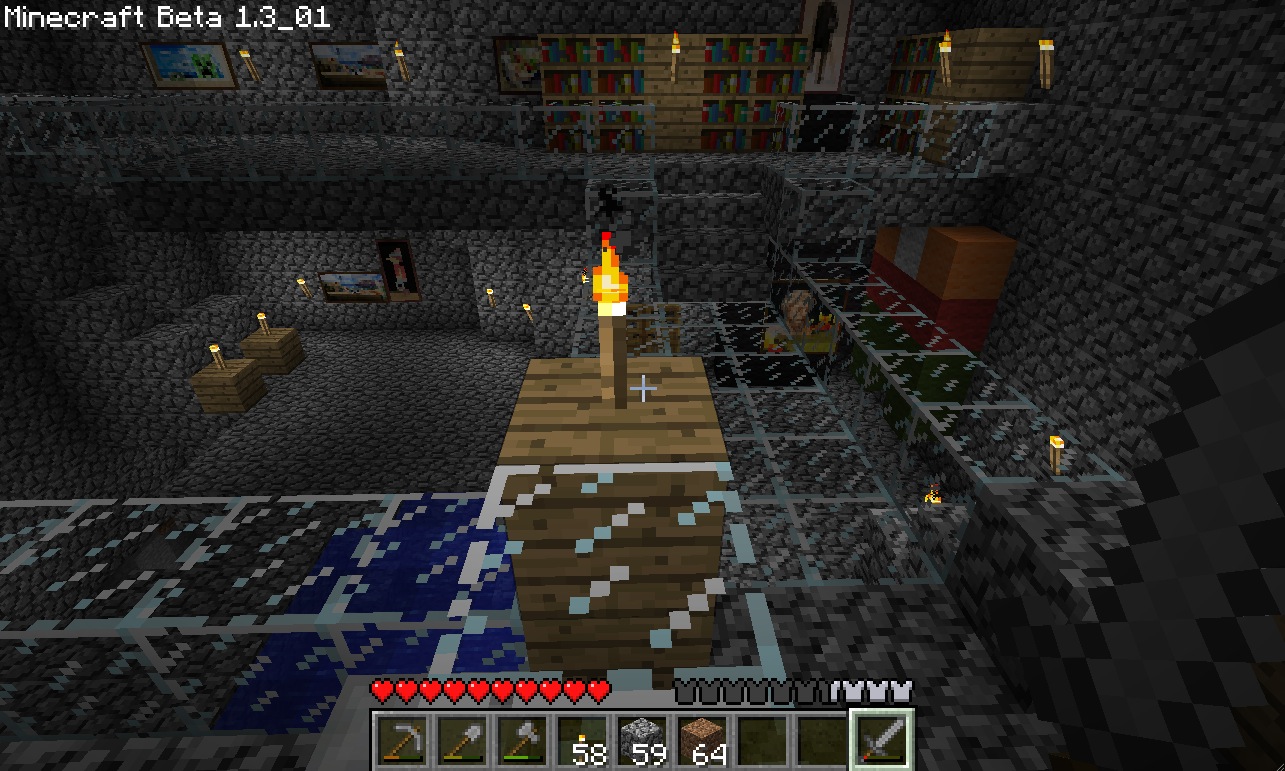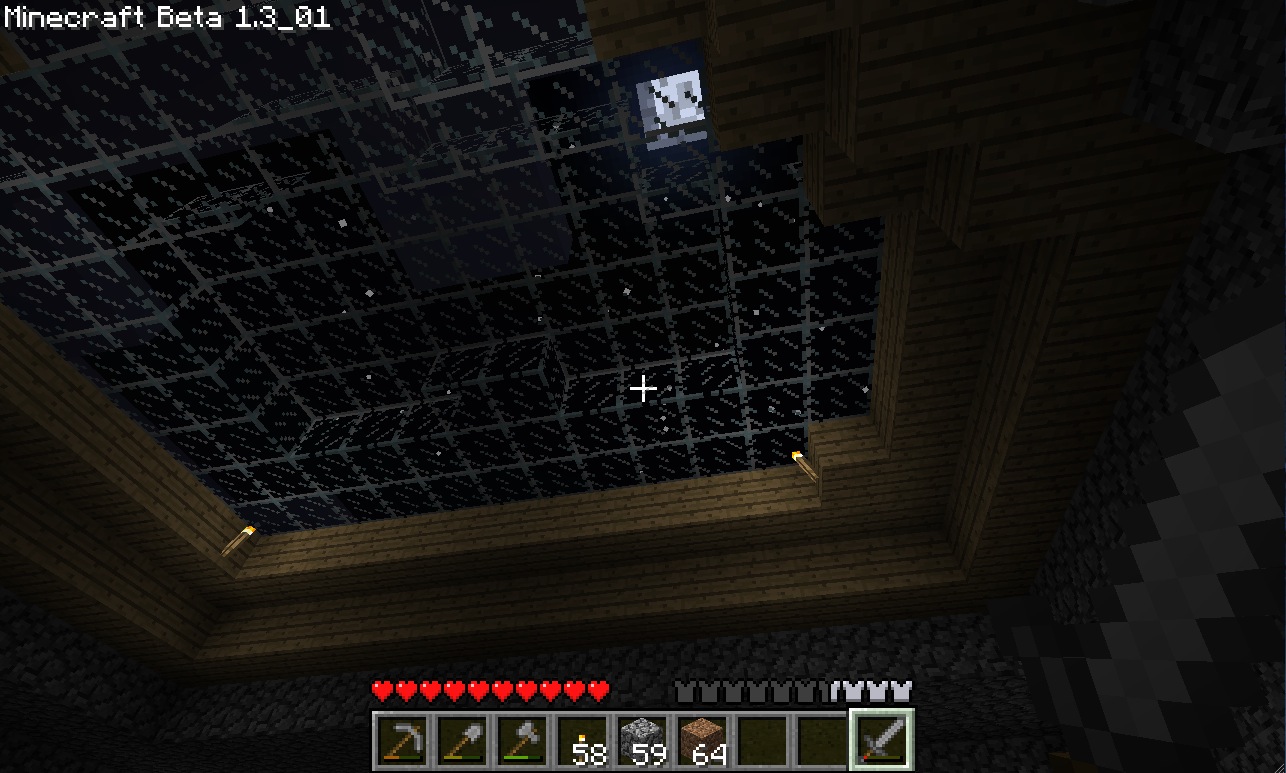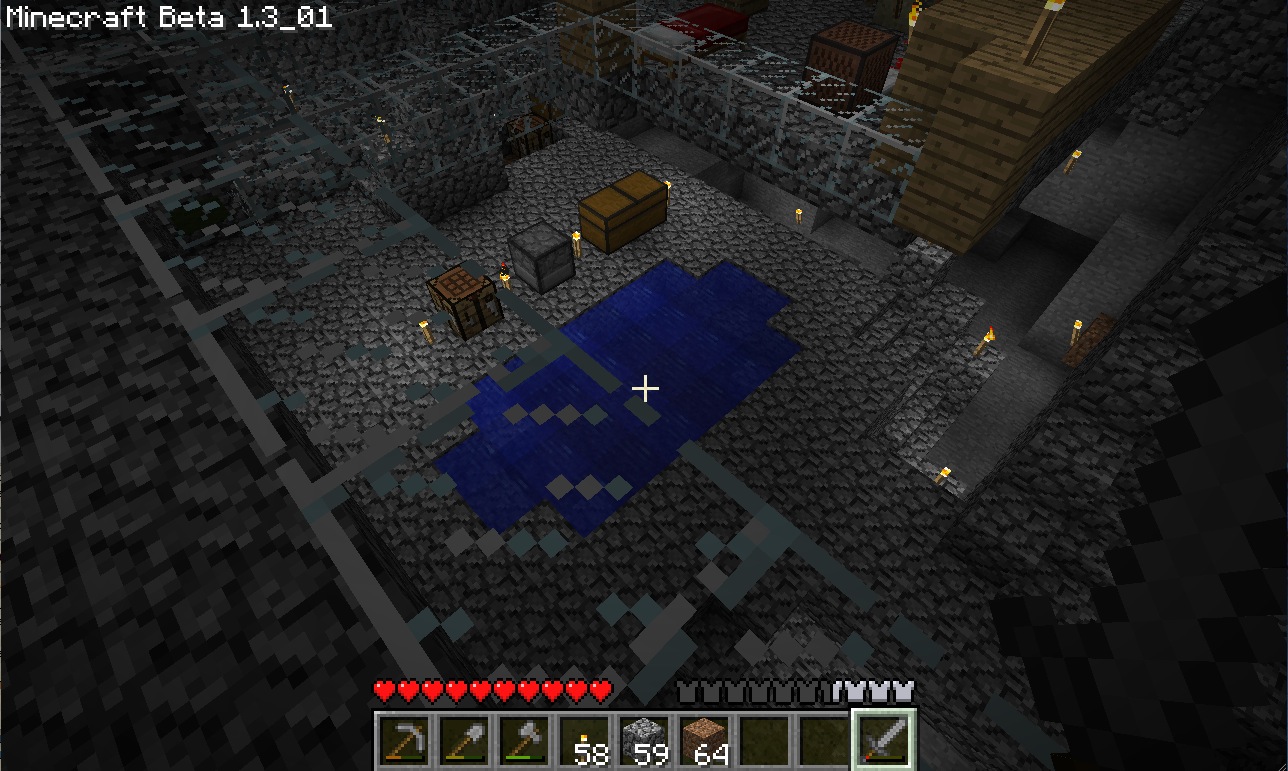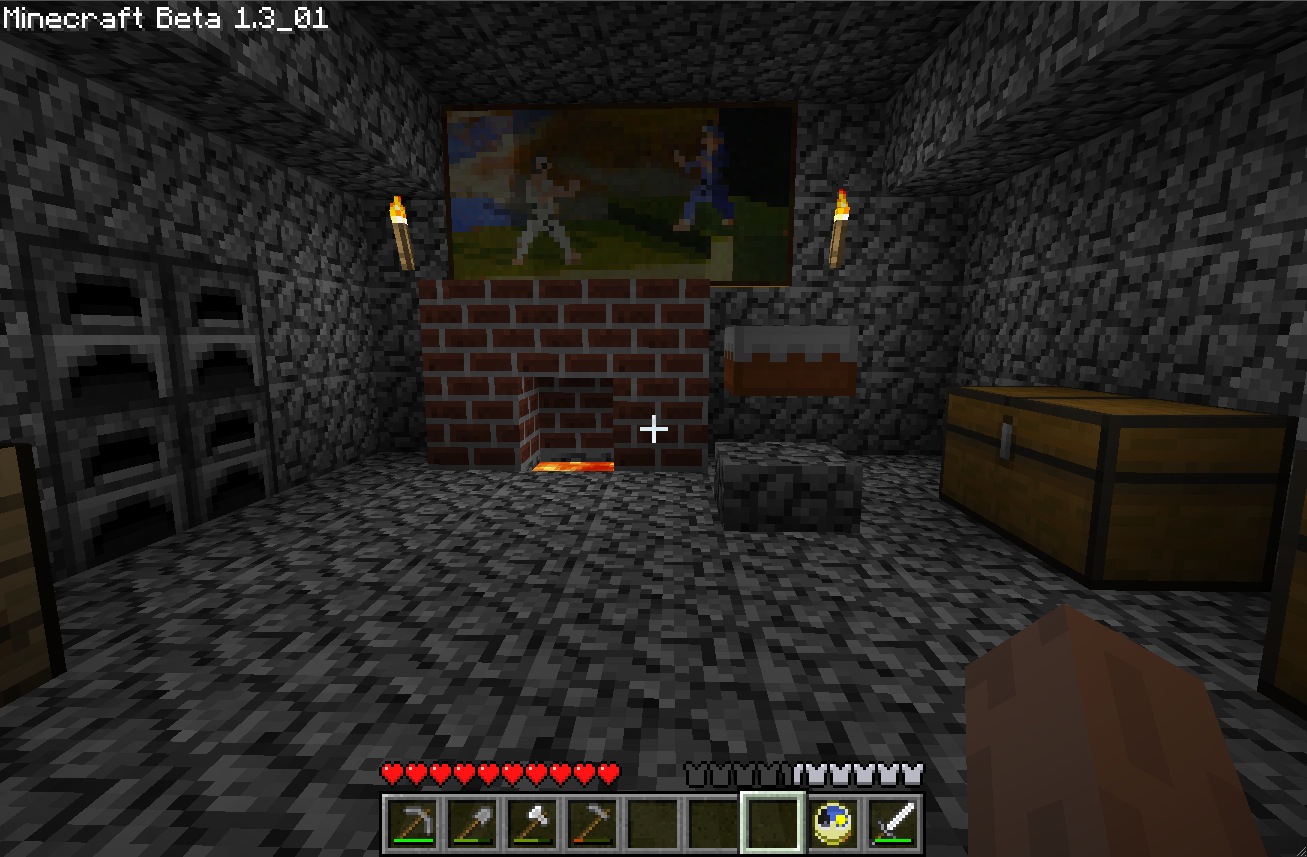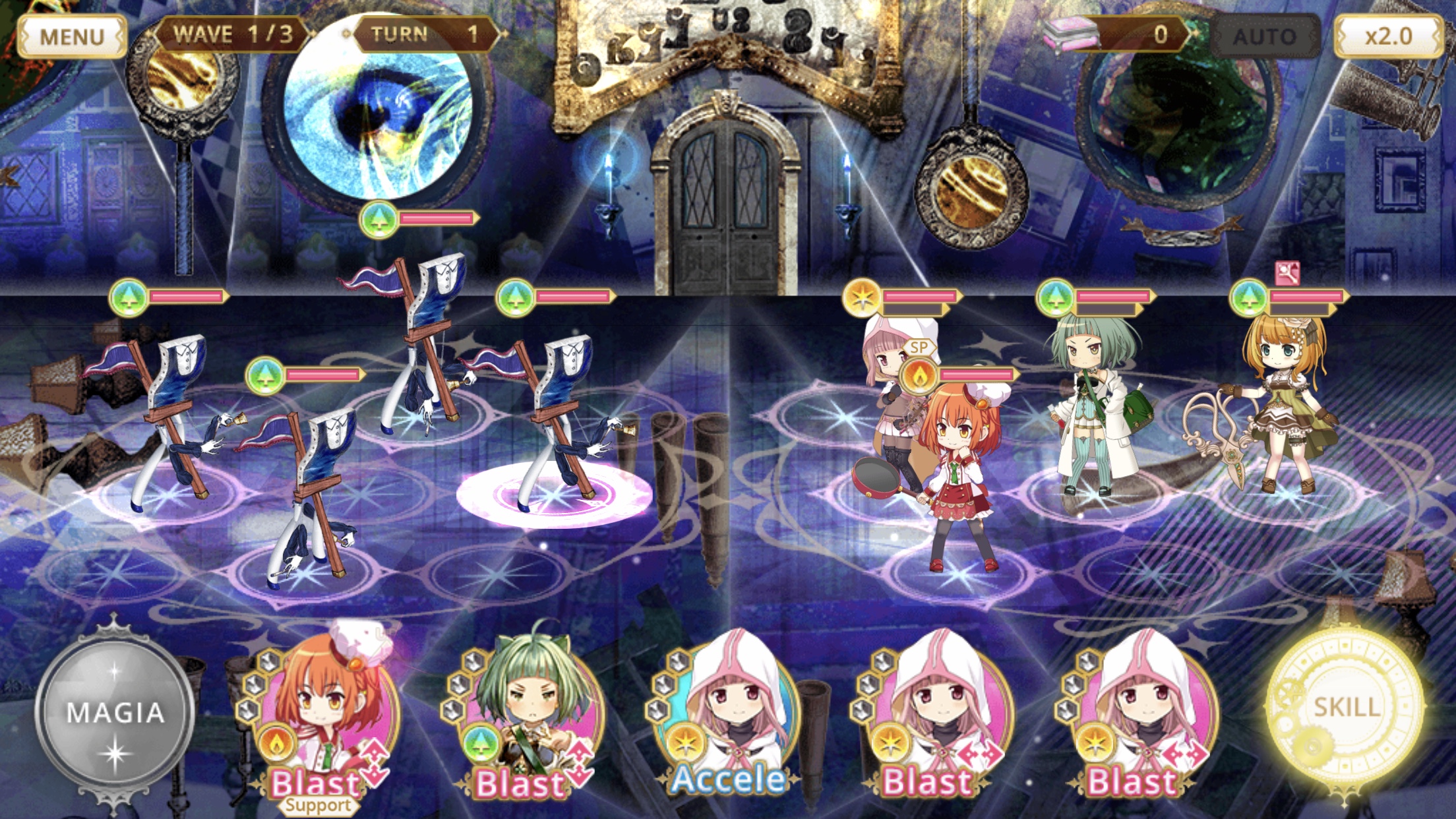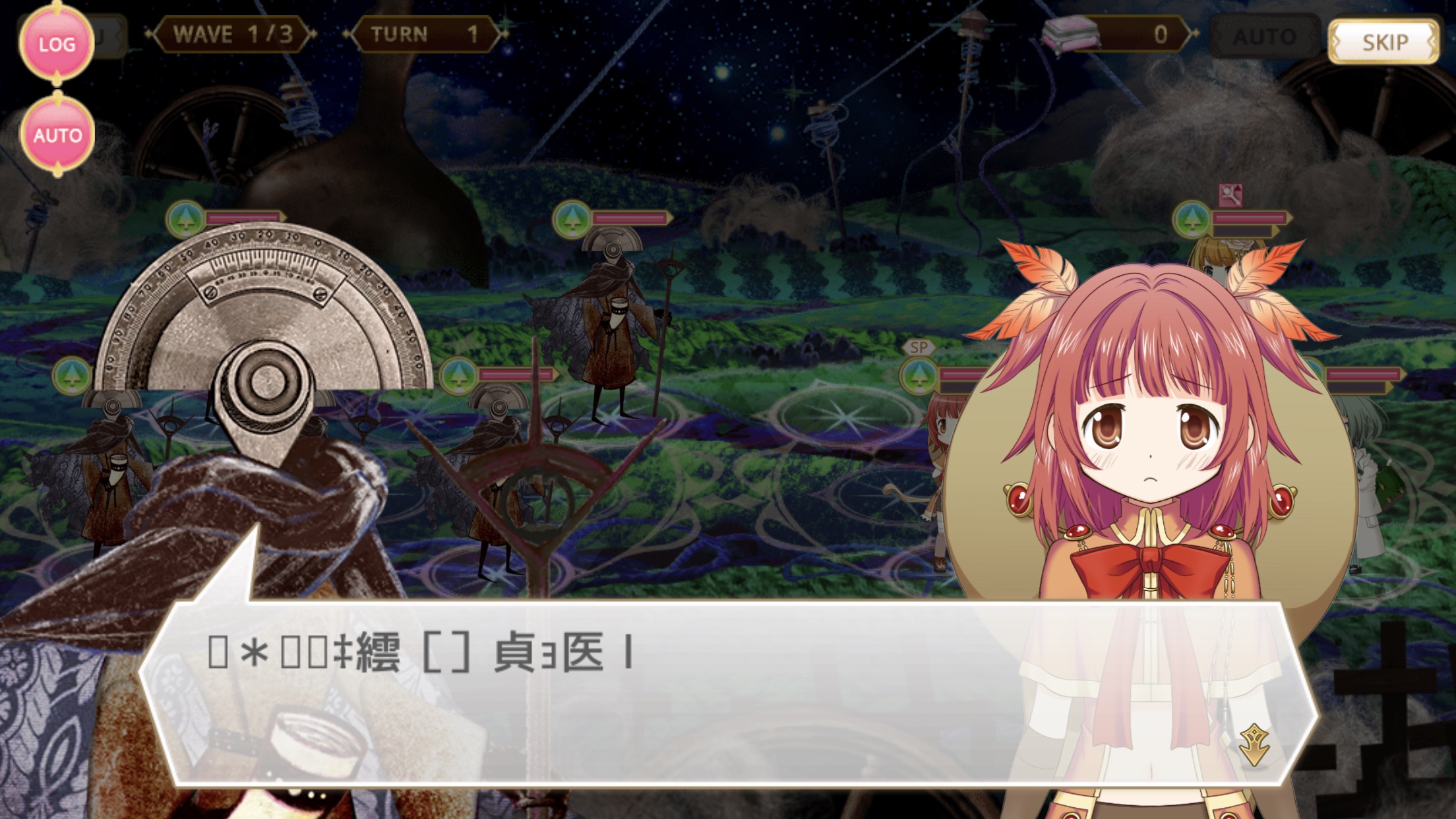(Needed a little break from EVA which brings up both happy and terribly sad memories for me… So something "dark" instead)
Dark is a German Twin Peaks/12 Monkeys/La Jetée/Stranger Things/The Caves of Time CYOA mashup.
Kids go missing in the woods around a nuclear power plant.
Terrible English dubbing, often gravelly old people for the kids. But I find German harder to tolerate for long periods than most languages, even Dutch or Finnish, so I'm doing both dub and subtitles; the two are often hilariously unalike.
Is everyone in Germany supposed to be terminally depressed, or just this town? It's shot bleaker than any Scandinavian drama, everyone just stands around crying or staring blankly, with bursts of aggressive activity.
Guy leaves an office with, "Do you ever wonder where we took a wrong turn?" Dramatic non-sequiters abound.
Also wow these are some unattractive people. They've never seen the Sun, most are lined or lumpy before their apparent age, nasty looking hair. Cinéma Vérité is one thing, but this is going too far.
Senile old physicist doing the Log Lady routine. Drug dealing kid like Bobby in Twin Peaks. But there's nobody with any charisma or good looks.
Music ranges from '80s pop to some sorta dark atmospheric, both of which I love, to very gloomy, whiny incidental music which I could do without.
The actual plot so far—non-spoiler, this is all in the first couple episodes—seems to be someone using kids as guinea pigs for a time machine. But they do this in the most hamfisted way possible, creepy dude grabbing local kids instead of, say, taking strays in Berlin back to the Secret Underground Lab.
There's enough good parts, and more enough downbeat but interesting parts, that I'm still going in it, but I wouldn't call any of this compelling.
★★★☆☆

